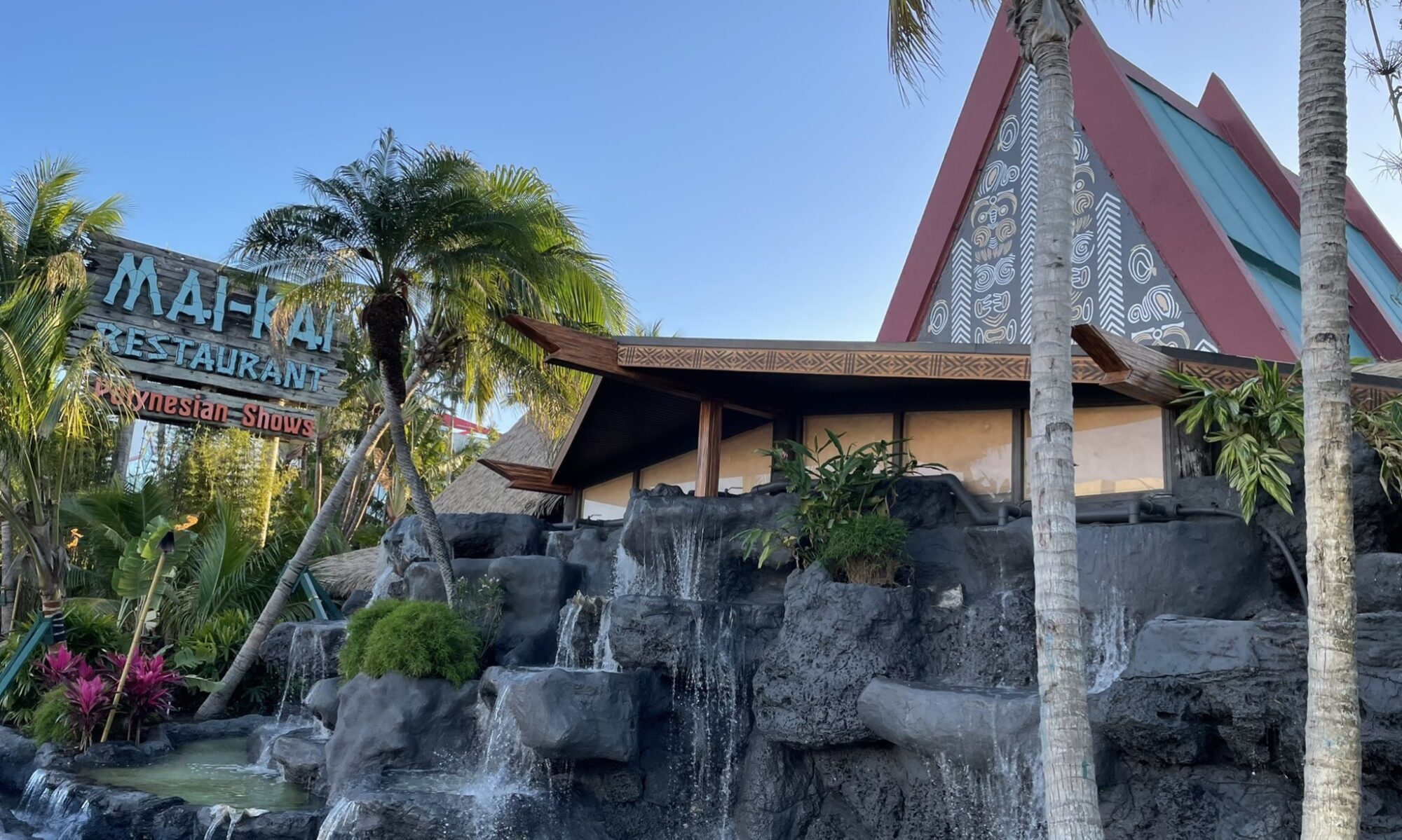Updated August 2023
See below: Cuban Daiquiri review | NEW: Official Mai-Kai recipe
Related: The Derby Daiquiri: The Mai-Kai’s ‘$100,000 drink’ is worth its weight in gold UPDATED
* The story of the Floridita Daiquiri rivals any novel
More Mai-Kai Daiquiris: Special Reserve Daiquiri | Banana Daiquiri | Strawberry Daiquiri
* Mai-Kai cocktail guide | More “lost cocktails”
* More Daiquiri recipes | Cocktail Recipes, A through Z
The humble Daiquiri is arguably the most definitive rum cocktail, perhaps even the prototype for the 20th century tropical drink explosion. It influenced Don the Beachcomber, Trader Vic, and countless others who followed in their footsteps.
Cuba’s most famous cocktail can be traced back to the late 1800s, but the simple combination of rum, lime and sugar was not groundbreaking. Martinique and Guadeloupe had the Ti Punch while Jamaica had its Planters Punch. An argument can be made that this intoxicating combination was invented on the high seas in the 1700s, when the British Navy introduced Grog to its sailors.

In this pantheon, the Daiquiri is distinctive for its precise craft and the clean, crisp rum of its homeland. In Potions of the Caribbean: 500 Years of Tropical Drinks and the People Behind Them (2014), Jeff “Beachbum” Berry praised the Daiquiri as the most perfectly balanced of all the rum-lime-sugar proto-cocktails.
Though deeply linked to Cuba, the Daiquiri was actually invented by an American engineer, Jennings Cox, who ran a mining company in the small village of Daiquiri during the Spanish-American War. The original was more like a punch, batched and served over crushed ice. It was not reconfigured into a single cocktail, strained into an empty coupe, until around 1913, after Cox’s death
That’s when the Daiquiri really began to take off. Its popularity grew from a local favorite to a destination drink for tourists who flocked to the Caribbean island’s legendary bars such as Havana’s La Floridita, especially during Prohibition. It also caught the attention of Facundo Bacardi, who used the simple drink to promote his expanding rum empire.

It’s likely that both Donn Beach (aka Don the Beachcomber) and Victor Bergeron (aka Trader Vic) ran across the Daiquiri during their travels in the Caribbean before opening their bars in California that kick-started the Tiki cocktail craze in the 1930s.
Their menus are loaded with Daiquiris, much like The Mai-Kai. Open since 1956, the South Florida historic landmark still features many drinks that can be traced back to Donn Beach, such as the Special Reserve Daiquiri.
There’s also a blended classic (Floridita Daiquiri) and an acclaimed original creation of mixologist Mariano Licudine, the Derby Daiquiri.
Of all the Daiquiris that appeared on a Mai-Kai menu, the Cuban Daiquiri is the only one that faded into the history books. It was an opening-day drink in 1956, but it likely became a victim of the era’s political upheaval, not to mention the U.S. economic embargo against Cuba that began in 1960 and lasts to this day.

Before the 1958 revolution, Mai-Kai owners Bob and Jack Thornton were known to take weekend jaunts to the island aboard a private plane. They brought back rare bottles of Cuban rum, which can still be found displayed in the restaurant’s back bar (see photo below).
The Derby Daiquiri took the Cuban Daiquiri’s place on the menu in 1959. It was revived during a menu expansion in the early 1970s, but it was removed for good in the 1980s and became largely forgotten.
The Daiquiri was sullied during the cocktail dark ages of the late 20th century by cheap imitations and dreaded frozen slushie-style machines. But the classic recipe maintained a quiet dignity. The traditional Daiquiri has seen an amazing resurgence during the 21st century craft and Tiki cocktail revival.



